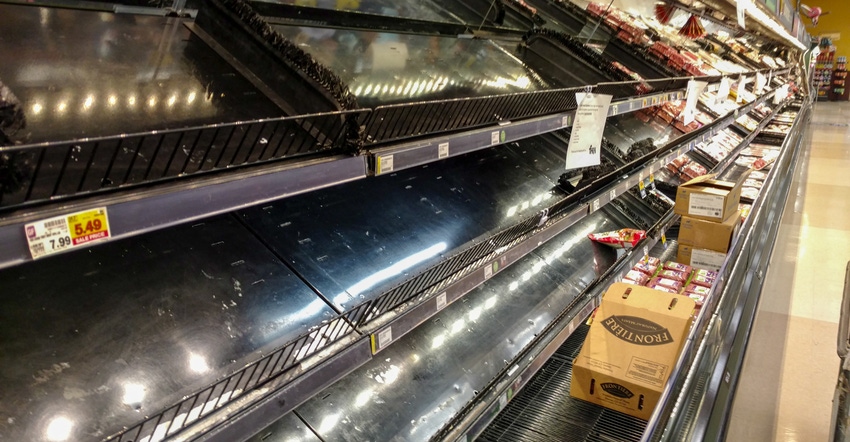
My inbox has been inundated with emails about farmers needing relief from the troubles brought on COVID-19.
The ethanol market has tanked. Will the plants we built that use 40% to 50% of the corn in the Dakotas be open this fall?
Beef prices nose-dived even though the meat cases in many stores are empty. Is the market being manipulated by packers who can’t sell high priced steaks to restaurants?
Like beef, milk prices have dribbled away even though consumer demand has spiked. I had three gallons of milk in my refrigerator recently and there’s only two of us at home now. Will farmers have to dump milk if processing plants don’t have enough healthy workers to keep their lines running?
Grain growers and livestock are worried that they won’t be able get their foreign laborers back to the U.S. this year to drive tractors.
These are all legitimate worries. I hope that our commodity groups, ag associates and government officials can successful solve them.
But it got me to wondering: Who is not crying now? What segment of ag haven’t I heard from?
In my part of the world, I haven’t heard from sugarbeet growers. Sure, they also grow corn and soybeans and face many of the same problems as everyone else, but there’s great demand for sugar. Have you tried to find a bag in the grocery store? It’s about as scarce as toilet paper and hand sanitizers right now.
I haven’t heard much from potato growers either, especially fresh market growers. Potatoes are a nutritious staple with long storage life.
My conclusion: A time of crisis it is good to be in the business of producing food, and the fewer middlemen and processors that are between farmers and the consumers, the better.
After the 1980s farm crisis, many farm leaders worked tirelessly to find new markets for grains. Ethanol was one of the results. Pasta plants were also built. Even a large-scale bakery was tried.
Coming out of the COVID-19 crisis, I hope farmers will eventually be interested in more vertical integration. The sugarbeet cooperative model, with its U.S.-sugar first and limits on government policy, may be a good one to copy.
I also hope farm leaders fund more projects to investigate new products that can be from grains, meat and milk. Toilet paper from corn leaves and cobs and hand sanitizers from grains would be good ones to start with.
About the Author(s)
You May Also Like






